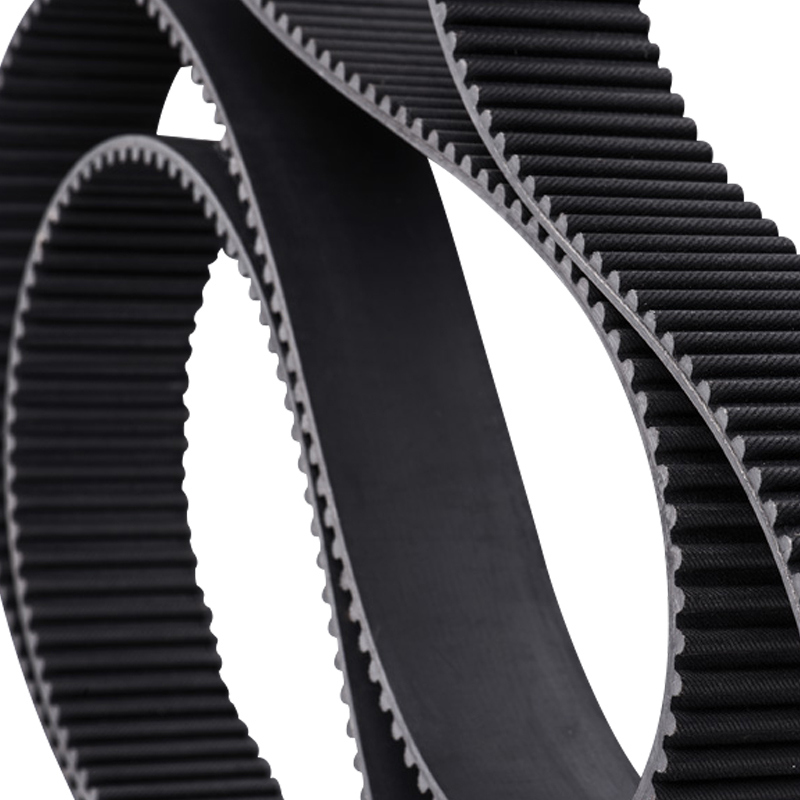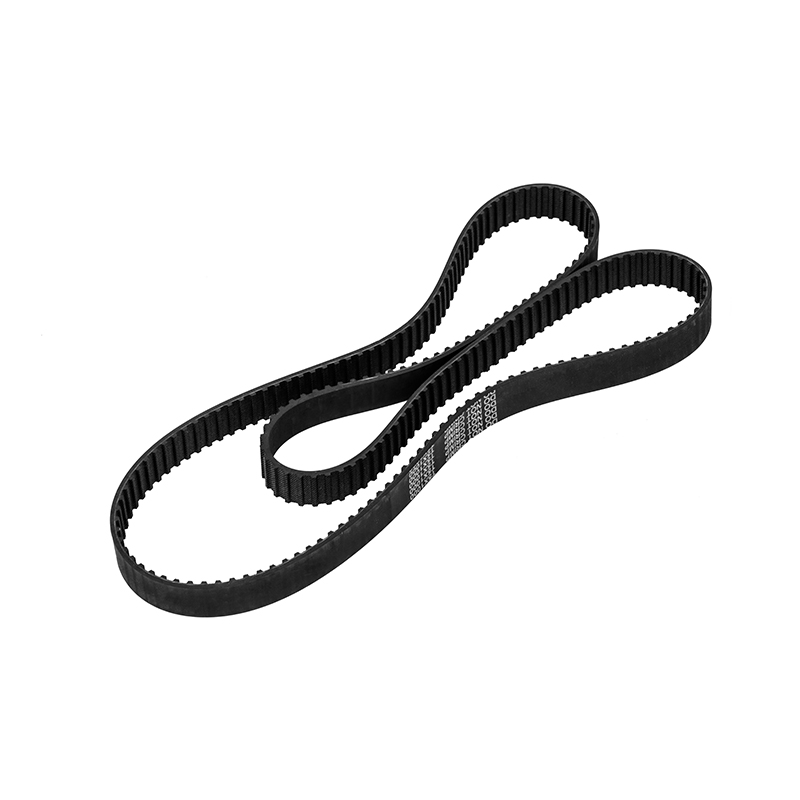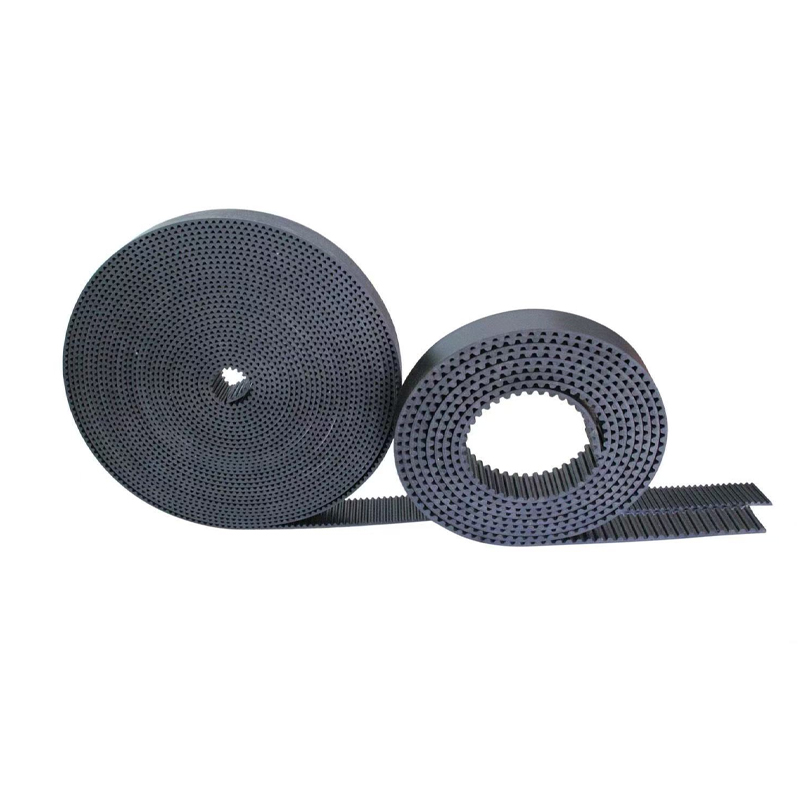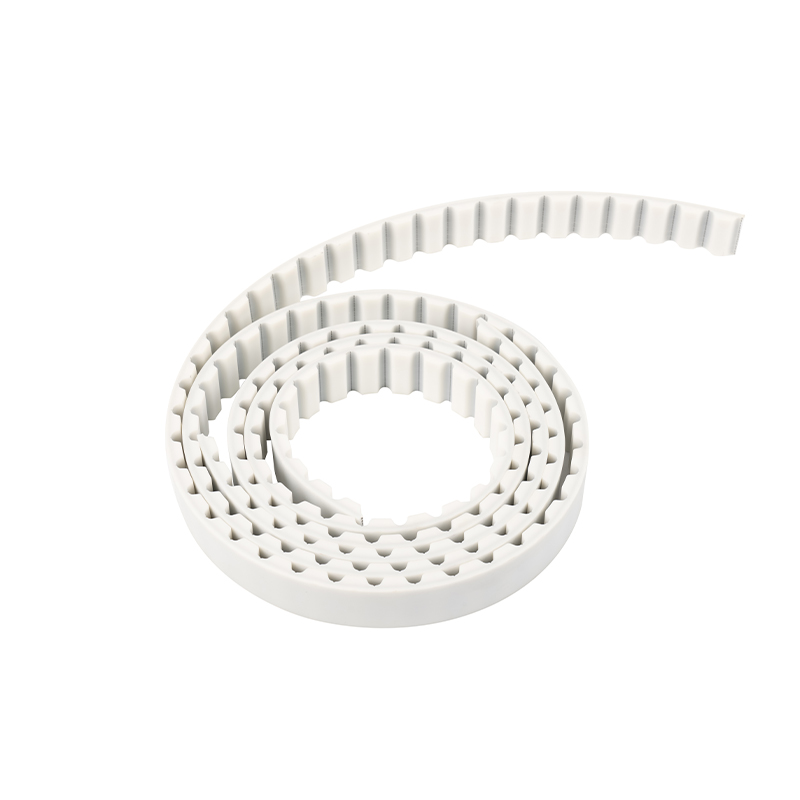How Synchronous Belts Are Enhancing Performance in Conveyor Systems
2025-11-05
Content
Introduction
In the world of manufacturing and automation, conveyor systems play an essential role in streamlining the movement of goods, materials, and products across production lines. Whether it's in a factory, warehouse, or distribution center, conveyor systems are vital for ensuring that items are transported efficiently, reducing the need for manual labor and speeding up production.
One of the key components that significantly impacts the performance of these conveyor systems is the synchronous belt. Unlike traditional V-belts or flat belts, synchronous belts—also known as timing belts—offer several advantages in terms of precision, efficiency, and durability. As industries continue to focus on increasing throughput, reducing downtime, and improving system accuracy, synchronous belts have emerged as a critical technology in the optimization of conveyor systems.
Precision and Accuracy in Conveyor Systems
One of the most significant advantages of using synchronous belts in conveyor systems is their ability to provide precise, synchronized movement. Unlike traditional V-belts, which can slip or stretch over time, synchronous belts feature teeth that mesh with corresponding pulleys, ensuring a slip-free operation. This tooth-and-groove design allows for accurate synchronization between the motor and the conveyor system, making it ideal for applications that require precision.
For instance, in industries like electronics manufacturing, where small components need to be precisely aligned or in the automotive industry, where car parts must be moved in exact increments, synchronous belts ensure that the system runs with consistent speed and timing. This precision minimizes the risk of production errors and improves the overall throughput of the conveyor system.
By eliminating slippage, synchronous belts also help maintain consistency in the movement of goods, which is crucial for applications where timing is critical, such as in assembly lines, food processing, or pharmaceutical manufacturing.
Enhanced Durability and Longevity
Durability is a key consideration when selecting components for conveyor systems. Conveyor belts operate under demanding conditions—exposed to high loads, varying temperatures, moisture, dust, and chemicals. Over time, traditional V-belts or flat belts may experience wear and tear, stretching, or breakage, leading to downtime and maintenance costs.
Synchronous belts, on the other hand, are designed to be more durable and resistant to wear. The toothed construction of synchronous belts distributes the load more evenly across the belt, reducing the likelihood of stretching or deformation. This makes them well-suited for high-load applications where traditional belts may struggle to maintain performance.
Additionally, synchronous belts are typically made from high-strength materials like polyurethane or rubber, often reinforced with materials such as fiberglass or steel for added tensile strength. These materials make the belts resistant to abrasion, chemicals, and high temperatures, significantly increasing their lifespan compared to traditional belts.
For industries that rely on continuous, 24/7 operations, such as mining, food production, and logistics, the extended lifespan of synchronous belts helps reduce the frequency of replacements and lowers overall maintenance costs.
Increased Energy Efficiency
Energy efficiency is a growing concern in industrial operations, and conveyor systems are no exception. Traditional V-belts tend to lose efficiency over time due to slippage, which not only wastes energy but also contributes to heat generation and wear. Synchronous belts, however, are designed to operate with minimal friction because they are designed to fit tightly and work in synchronization with the pulleys. This ensures that energy loss due to slippage is virtually eliminated.
The high efficiency of synchronous belts means that conveyor systems require less energy to operate, which translates to lower energy costs for businesses. Moreover, since these belts operate more efficiently, the conveyor system can run faster, handling higher loads without the need for additional power. In industries where energy consumption is a significant expense, such as in automotive production or pharmaceutical manufacturing, the increased energy efficiency provided by synchronous belts can result in substantial cost savings.
Reduced Maintenance and Downtime
Maintenance and downtime are two of the most significant challenges for businesses that rely on conveyor systems. Conveyor belts that require frequent adjustments, replacements, or repairs can lead to costly downtime, disrupting production and reducing overall system efficiency.
Synchronous belts contribute to a reduction in maintenance requirements due to their high reliability and long lifespan. Unlike traditional belts, which may need frequent tension adjustments or replacements due to wear and slippage, synchronous belts are engineered to maintain consistent performance over time. The absence of slippage means that there is less stress on components such as pulleys, bearings, and motors, which can extend the life of the entire conveyor system.
For companies operating in high-output industries, the reliability of synchronous belts means that they spend less time performing maintenance tasks and more time focused on production. This can lead to increased uptime, better throughput, and reduced labor costs related to maintenance.
Noise Reduction and Improved Workplace Environment
In many industrial settings, noise is an unavoidable byproduct of machinery, but excessive noise can become a safety concern and negatively impact the working environment. Traditional conveyor belts can produce significant friction noise as they slip and slide along pulleys, which can be particularly disruptive in settings like food processing, pharmaceutical manufacturing, or clean room environments.
Synchronous belts operate with minimal noise because of their precise engagement with pulleys and lack of slippage. The result is a quieter, more efficient conveyor system that is better suited to environments where noise levels need to be minimized for employee safety and comfort. In industries like electronics assembly or medical device manufacturing, where noise reduction is critical for maintaining a clean and controlled environment, the quiet operation of synchronous belts can be a significant advantage.
Customization for Specialized Applications
Synchronous belts come in a wide variety of designs and materials, making them highly customizable for specific conveyor system needs. These belts can be tailored to handle different types of loads, temperatures, speeds, and environmental conditions. Whether it’s a conveyor that operates in a cleanroom environment or one that needs to move heavy industrial machinery parts, synchronous belts can be designed to suit the exact requirements of the application.
Customizing the belt material and tooth profile is especially important in applications where the material being transported is delicate or requires specific handling. For example, food processing conveyors often need belts that are not only highly durable but also safe for direct contact with food items. Similarly, in pharmaceutical production, conveyor systems must operate with high precision to move medical equipment without contamination or damage.
Synchronous belts can also be designed to incorporate features such as integrated guides, curved profiles, or custom coatings to meet these specific requirements. The ability to tailor synchronous belts ensures that each conveyor system is optimized for its unique environment, improving both performance and efficiency.
Applications in Specialized Industries
Synchronous belts are becoming increasingly prevalent across a range of specialized industries, each with distinct requirements for their conveyor systems.
Food and Beverage Industry: Synchronous belts are commonly used in food processing plants due to their hygienic design, ability to handle high speeds, and resistance to harsh cleaning chemicals. They are ideal for applications like bottling or packaging, where precise movement and timing are essential.
Automotive Manufacturing: In the automotive industry, synchronous belts play a crucial role in moving heavy components and ensuring that the production line operates with minimal downtime. Their durability and ability to maintain synchronized motion make them ideal for high-speed, high-load applications.
Pharmaceuticals and Electronics: In these highly sensitive industries, precision is critical. Synchronous belts provide the accuracy needed to transport delicate components like microchips, batteries, or pharmaceutical vials while maintaining high hygiene standards.


 English
English 中文简体
中文简体













